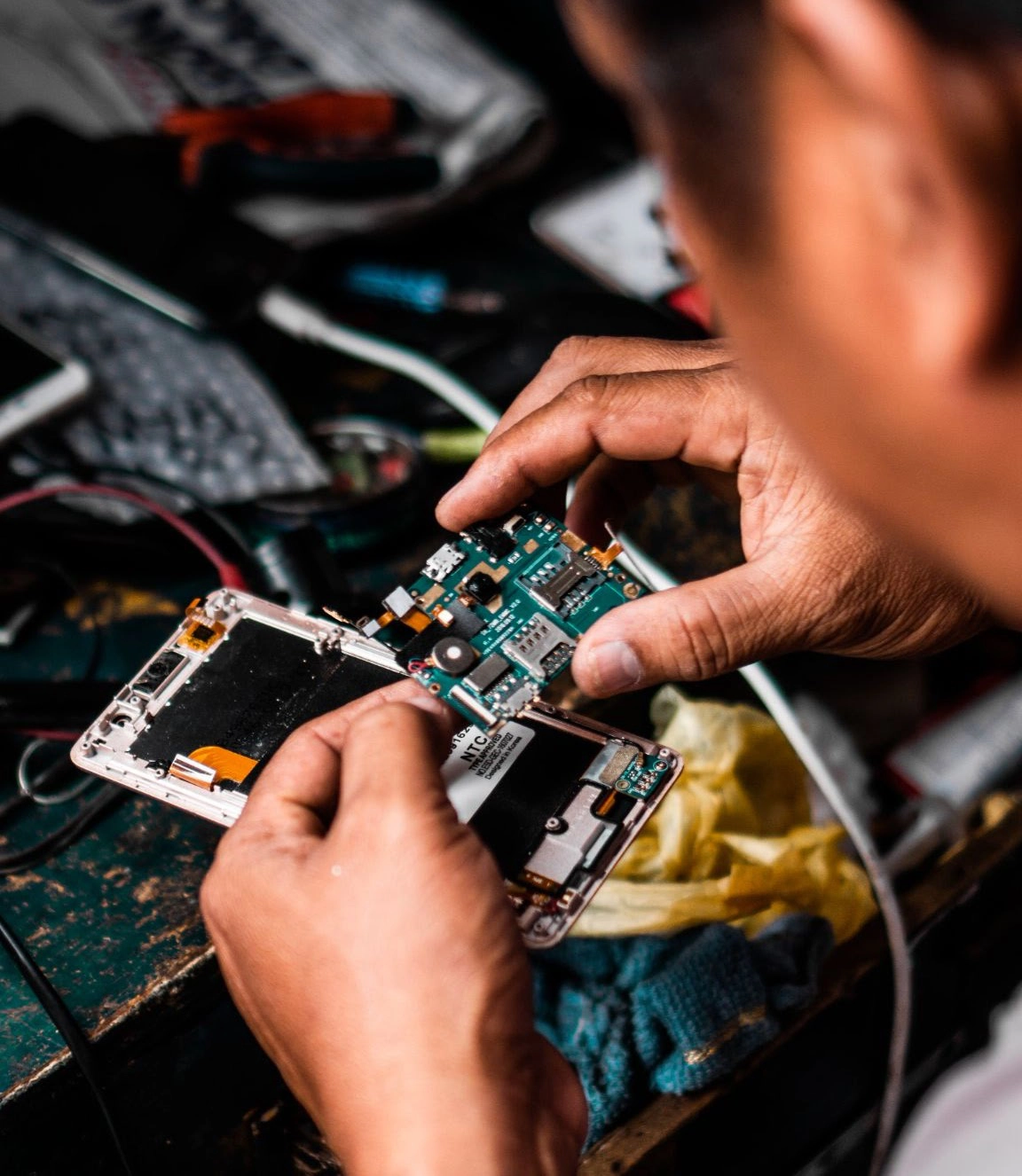During repair, faulty components of a product are fixed or replaced; the product is put into working order and used for its primary purpose.
'Design for recycling' approaches help make products easier to repair. Disassembly is embedded in the design process, which enables easy access to faulty components and parts. This is often achieved through modular product design. Whilst this facilitates more efficient recycling at the end of life, it also helps to ensure that the product can be repaired throughout its life.
Putting things back into the circular economy through recycling comes with an energy and material degradation penalty. Extending the service life of products through repair optimises the use of resources, such as technology metals embedded in products.

Legal and regulatory considerations
- The UK ‘right to repair’ regulations introduced new ecodesign and labelling requirements for specified electrical products. The regulations require manufacturers to provide ‘professional repairers’ with access to spare parts and technical information
- The role of different product ownership models is critical in ensuring more repairability and durability
- The EU Ecodesign Directive sets a framework for performance criteria that manufacturers must meet in order to produce and sell their products legally. The UK has the similar Eco-design for Energy-Related Products and Energy Information Regulations 2021.